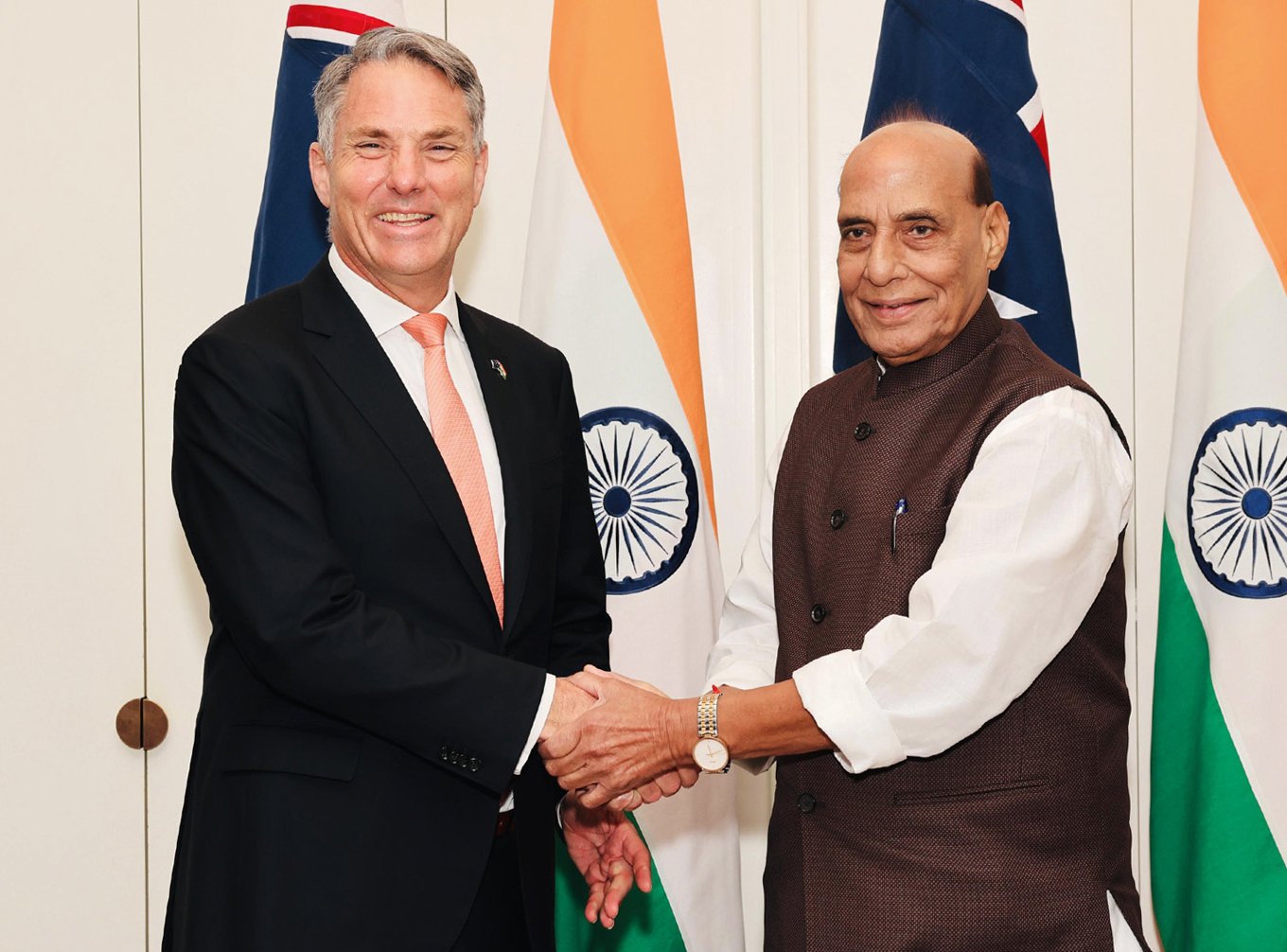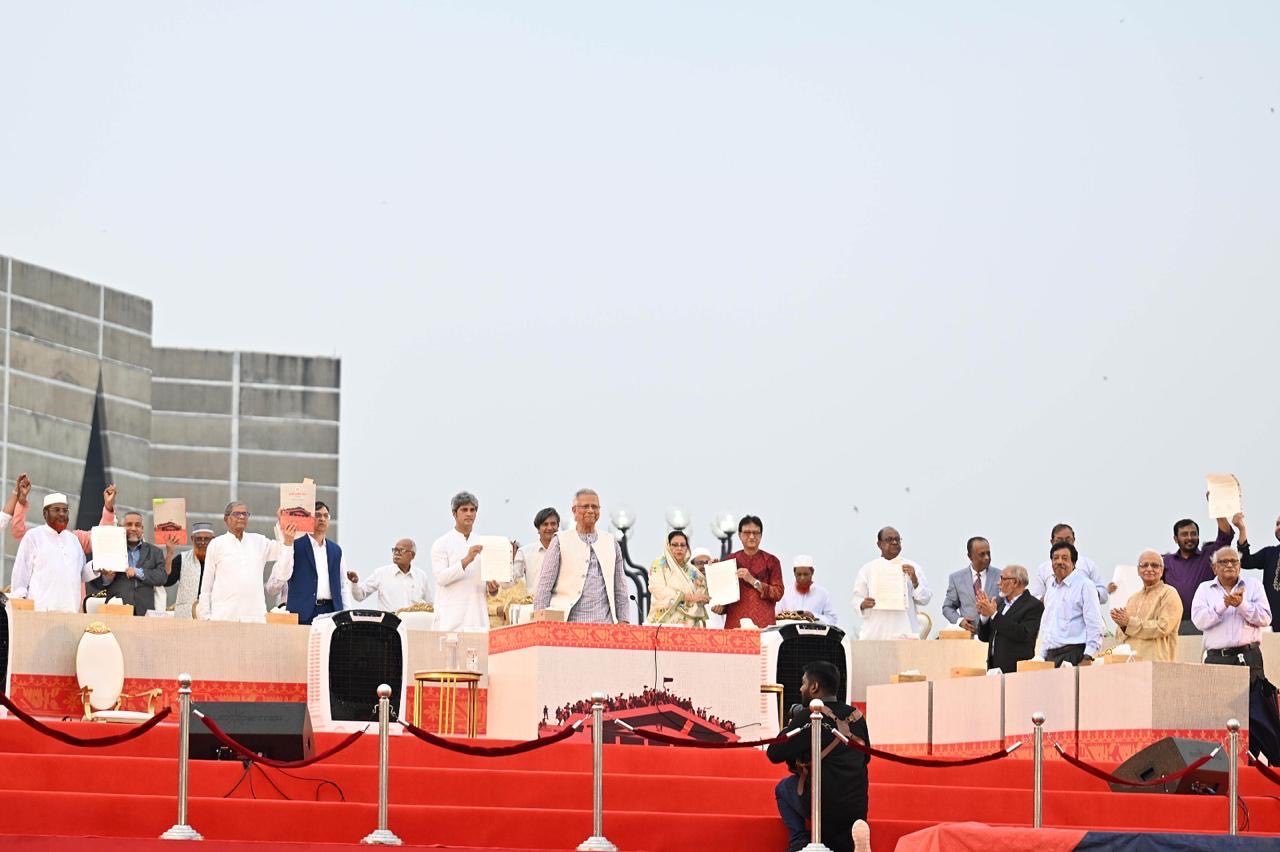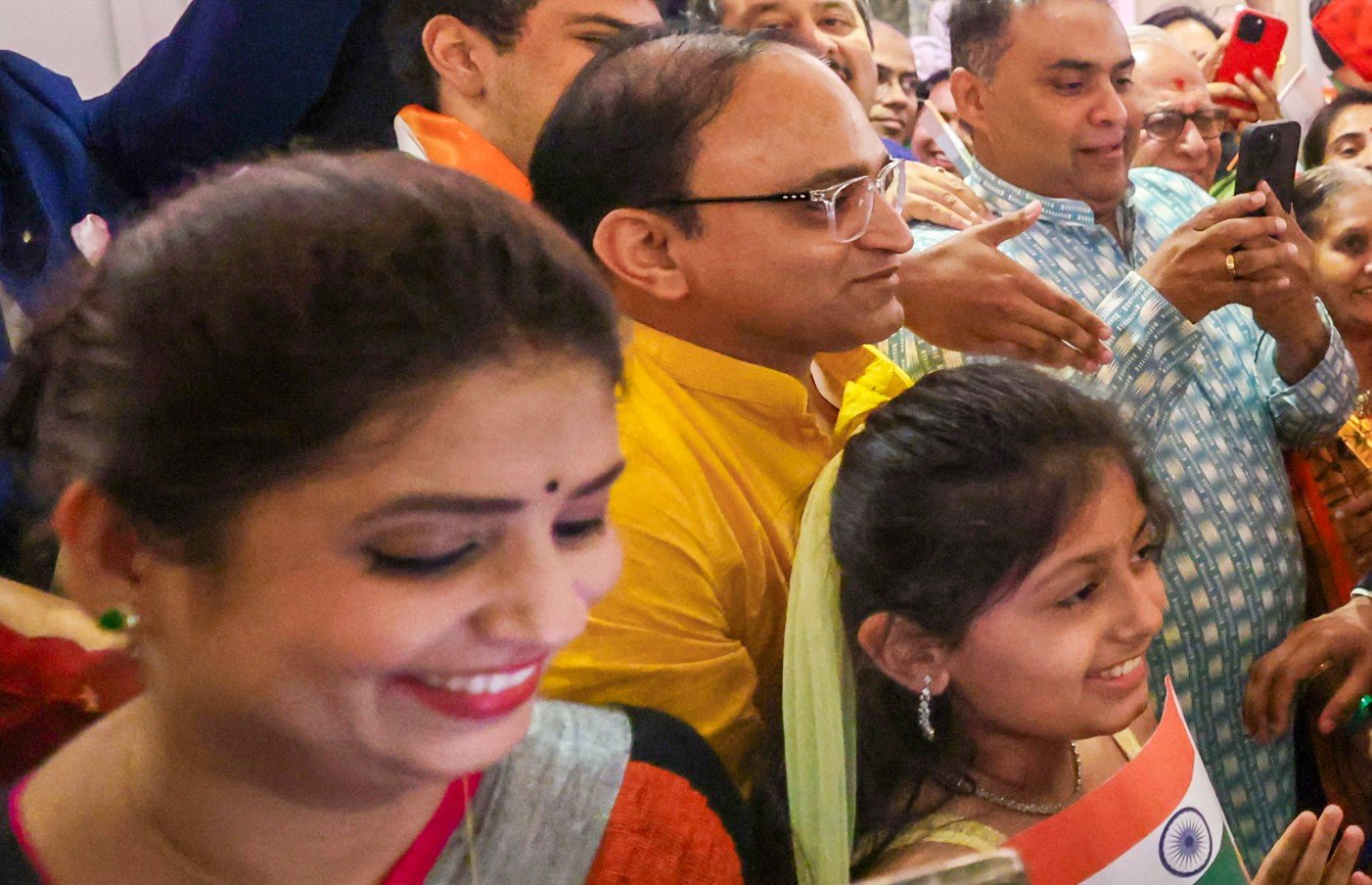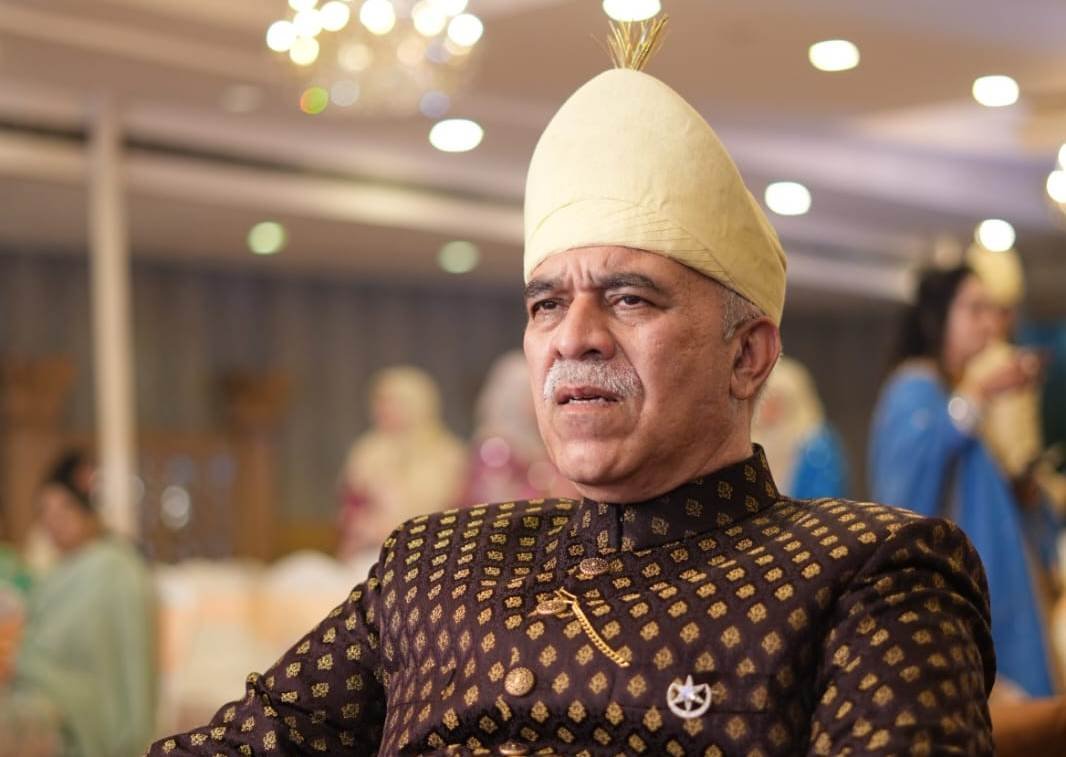
Hyderabad, July 22 (NSS): Dr Nandini, Chairperson, CII Southern Region hs said the nation and CII are eagerly anticipating Union Finance Minister Nirmala Sitharaman’s seventh consecutive Budget presentation, which, following the Interim Budget, shows renewed focus on “Viksit Bharat”. With the Indian economy set to double in size and become a $7 trillion economy by 2030, plenty of opportunities await the industry.
The Southern Region comprising of Andhra Pradesh, Karnataka, Kerala, Tamil Nadu and Telangana and the Union Territory of Puducherry contributes over 30% of the nation’s GDP. The region is an attractive destination for FDI inflows, with the states of Tamil Nadu and Karnataka alone accounting for over 25% of FDI inflows between 2019 and 2023. The South also accounts for a major chunk of exports from the country, with States performing well in different sectors.
Karnataka, with $38.2 billion worth of IT exports, accounts for nearly 42% of the country’s IT exports. Telangana accounts for 20% of India’s total pharma exports, which is estimated to be $27.85 Billion. Of the estimated $29.12 Billion electronic goods exports, Tamil Nadu accounted for nearly one-third of the total, at $9.56 Billion while Andhra Pradesh ranked first in seafood exports from India, accounting for $2.36 Billion or 32% of the nation’s total in the previous fiscal year. Kerala, well known for its spices exported 75% of spice from India amounting to $ 84.98 million annually.
Capex remains one of the major drivers of India’s growth and competitiveness. We suggest the Government considers increasing the capital expenditure by 25% as against the 16.8% rise proposed in the interim budget. The focus on CapEx this year should majorly be in creation of rural infrastructure in the form of Integrated Rural Development Hubs. There also needs to be a focus on encouraging non-farm employment opportunities, by encouraging entrepreneurs and developing rural business hubs. India’s human capital should be a priority for inclusive growth and competitiveness. Our country possesses a major demographic dividend, which is only set to grow, with estimates showing that our working age population will comprise of 1 billion persons by the end of the decade. We need to focus on reaping the benefits of this significant working age population and focus on areas such as education, skilling and industry-institute linkages, to ensure that we have an employable and future-ready workforce. We suggest the government creates roadmaps to increase the expenditure on public health to 3% of the GDP, from its current rate of 1.8% of GDP and education to 6% of the GDP, from its current rate of 2.9% of GDP, by 2030-31. South Indian states lead the way in both social parameters (literacy rate, digital literacy and sex ratio) and economic indicators (GDP per capita, urbanisation and FDI inflows), showing economic and social development go hand in hand. Improving social infrastructure will not only improve quality of life of our citizens, but also, improve labour productivity, thereby providing a major fillip to economic growth.
The heatwaves and droughts that affected various parts of India this summer have been stark reminders of the potential catastrophic impact of climate change. We suggest the Government announce a Green Transition (Mitigation & Adaptation) Fund to enable decarbonization and build resilience, particularly for MSMEs. To promote a green transition among industries, we need a robust carbon market ecosystem with appropriate incentives and disincentives. Ensuring a just green transition for industries will be imperative for India achieving its Net Zero goal by 2070.
The Southern Region boasts not only of a strong manufacturing base and exports but also a flourishing tourism sector. This sector significantly contributes to the region’s economy by generating employment, fostering infrastructure development, and promoting cultural exchange. We expect the upcoming budget will ensure India remains on a continued growth trajectory while focusing on reforms to ensure inclusive growth, socio-economic development and sustainability. We are equally confident with the strong growth momentum seen in FY24 set to continue in the current year, further reinforced by improvements in domestic and international demand, a normal or above normal monsoons, and policy continuity, we hope this Budget will announce bold, next gen reforms to pave our path towards a “Viksit Bharat” @ 2047.








